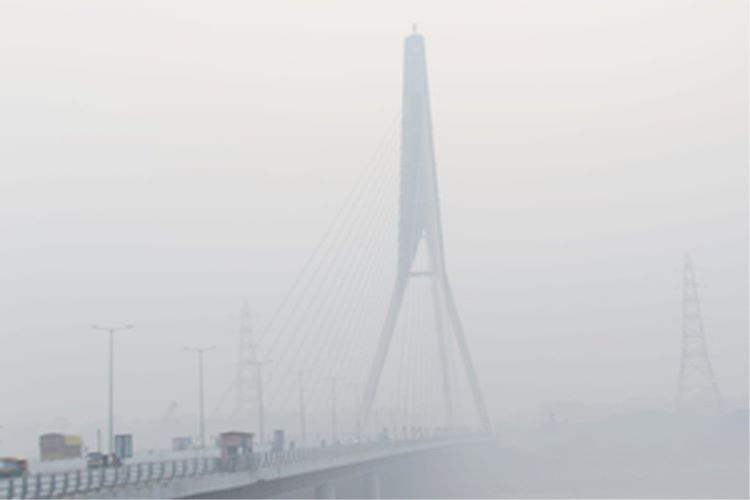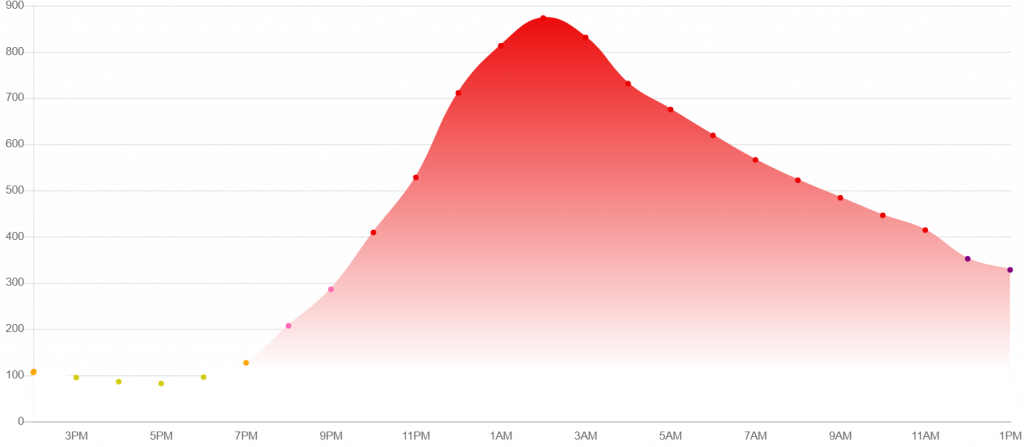
The spike in air pollution in Delhi post-Diwali highlights the city’s ongoing struggle with environmental degradation. This annual crisis is rooted in a complex interplay of factors including cultural practices, meteorological conditions, regional agricultural activities, urban emissions, and regulatory challenges.
One of the most visible causes of the sudden spike in pollution levels immediately after Diwali is the widespread use of firecrackers. Despite bans and public awareness campaigns, the tradition of bursting fireworks during Diwali is deep-rooted. These fireworks release a significant amount of particulate matter, along with harmful metal ions, sharply deteriorating air quality. This cultural norm, while central to the festival’s celebrations, poses a significant environmental challenge.
READ I Brain drain: India struggles to stem talent loss
What causes air pollution in Delhi
Delhi’s pollution problem is exacerbated by specific seasonal and meteorological conditions. Post-monsoon, the city often becomes a receptacle for concentrated pollution. The end of the rainy season and the resultant atmospheric changes, including the lowering of the troposphere’s upper boundary and reduced wind speeds, contribute to the trapping of pollutants near the ground level. These conditions create an environment where pollutants remain suspended in the air, leading to hazardous air quality levels.
New Delhi: Historic air quality graph

A significant factor contributing to Delhi’s pollution is the agricultural practice of stubble burning in neighbouring states like Punjab and Haryana. Post-harvest, farmers often burn crop residue, which leads to a massive release of smoke and particulate matter into the atmosphere. The wind carries these pollutants to Delhi, significantly impacting its air quality. This practice highlights the regional dimension of Delhi’s pollution crisis, necessitating inter-state cooperation and policy intervention.
Urban contributions and vehicle emissions
Within Delhi, several local factors contribute to the high pollution levels. The city’s large number of vehicles, many of which do not meet modern emission standards, are a major source of urban pollution. Additionally, construction activities, prevalent in a rapidly urbanising city, and burning in landfills further deteriorate air quality. These factors collectively contribute to the high levels of particulate matter and other pollutants in the air.
The limited success of regulatory measures like vehicle restrictions under the ‘odd-even rule’ and the installation of smog towers reflects the challenges in combating air pollution. These measures, though well-intentioned, have been less effective than anticipated. For instance, exemptions in the odd-even rule and the limited impact of smog towers in open environments have reduced their overall effectiveness.
Need a holistic approach
Addressing Delhi’s air pollution crisis requires a comprehensive approach that tackles both immediate and underlying causes. This includes:
Stricter regulation and enforcement: Implementing and strictly enforcing bans on firecrackers and regulating vehicle emissions are critical steps.
Cross-state collaboration: Working with neighbouring states to manage agricultural practices, particularly stubble burning, is essential.
Urban planning and public transport: Promoting sustainable urban development and enhancing public transportation can significantly reduce local emissions.
Public awareness and behavioural change: Cultivating public awareness about the health risks of poor air quality and promoting eco-friendly practices are crucial for long-term change.
Innovative policy solutions: Developing and implementing innovative policies that address the multifaceted nature of air pollution.
Technology can play a crucial role in addressing Delhi’s air pollution crisis. For instance, real-time air quality monitoring systems can help identify pollution hotspots and track the effectiveness of mitigation measures. Additionally, remote sensing technologies can be used to map and monitor agricultural burning in neighbouring states. This data can inform targeted policy interventions and enforcement measures.
Artificial intelligence and machine learning can also be leveraged to develop innovative solutions to air pollution. For instance, AI-powered algorithms can be used to predict air quality trends and identify the most effective pollution control strategies. Additionally, ML-based models can be used to develop personalized air pollution exposure maps, empowering individuals to make informed decisions about their health and well-being. Embracing technology-enabled solutions can help Delhi overcome its air pollution challenges and create a healthier and more sustainable future for its residents.
Delhi’s battle against air pollution, particularly highlighted by the post-Diwali scenario, reflects a broader global challenge faced by urban centres. Effective management of this issue requires innovative solutions, collaborative efforts, and a sustained commitment from all stakeholders involved.
